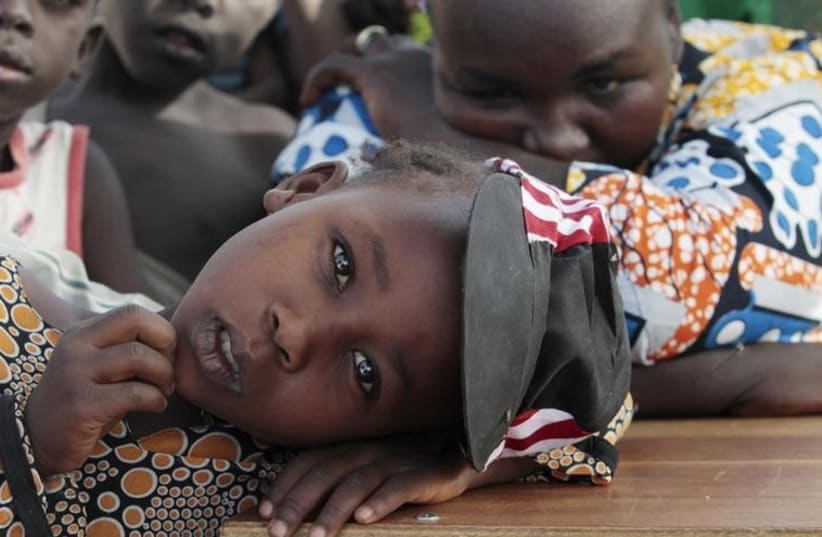See the latest opinion pieces on our page
Some newspapers in India failed to even carry the headlines. In the US, broadcasts seemingly forgot about it after one day. Contrast this with the growing drumbeat of reports about the events in Paris, and the march four days afterwards of millions, including scores of world leaders, and it’s impossible not to come to some cynical conclusions, conclusions those of us with light skin may find difficult to admit.I grew up in a large, integrated New York suburb where racial tensions were both text and subtext. Most of the white students were raised in the North End where tennis courts and swimming lessons were the norm. The minority kids were from the south part of town, closer to the Bronx. Our principal, and countless teachers and administrators, were African American, yet my classmates and I struggled to understand one another’s differences.Our first days of high school, which started in tenth grade, were scarred by a local crime that created a line in the sand that we never crossed in three years: a young man had been shot and paralyzed by a cab driver who thought he was skipping out on the fare.To those of us from the white end, the event, though tragic, seemed like a cut-and-dried crime. We were incapable of perceiving the world our classmates saw; incapable of believing he was just going inside to get cash as they had said. Our classmates’ takes were the opposite: they never suspected that the victim was not going to bring the money out to the driver. Maybe as teenagers, seeing another side of things was not possible.In America, we’ve had generations to absorb the same messages about skin color determining our experiences, yet much of it fails to sink in. But maybe seeing the problem played out in our reaction to events overseas, we can be objective and at last see something we’ve never been able to here at home: someone else’s perspective.Both the Paris and and Garissa attacks were perpetrated by brazen terrorists bursting through security to kill discriminately. One might argue it was psychologically more terrifying for the Kenyan students, as reports indicate the terrorists tricked the students into going outside for safety, before killing them instead.What about the duration? Again, the students seem to have endured hours of terror, whereas the Paris incidents ended relatively quickly. Then why hasn’t our human empathy been triggered in the spectacular way it was in January? If our gut reaction isn’t exactly the same for both cases, what other reason could explain this, apart from racial, or socio-economic prejudice? Presuming the majority of us are not French satirical cartoonists, it would seem, if anything, that more of us should be relating to the terror of those students. Yet, except for a few outraged Twitter accounts, the world is remaining relatively mute, by comparison.Maybe we’re tired. Or busy with our own lives these holidays. Maybe the crash into the Alps sucked us dry our monthly dose of empathy. I suspect that’s not it.Maybe tearing apart our societies in senseless acts of cowardice exposes us to something else unpleasant: our own inner prejudices.No one is saying the world must march for every tragedy, but what we should do, instead, is take a step back to look within ourselves and ask why when we see the horror of innocent blood spilled indiscriminately, we see any color other than red.The author is a US journalist, currently a Daily Beast contributor, who grew up attending a suburban high school outside New York.@IWishIHadTyped
Why Paris is different from Garissa?
It’s difficult to understand why there should be any difference in global reaction, but it is clear the victims differed in one identifiable way.
